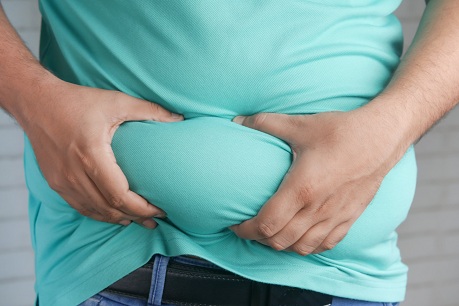
Body fat is a critical component of human physiology, serving various essential functions, such as energy storage, insulation, and hormone regulation. However, there are several misconceptions surrounding the storage of body fat that need clarification. In this article, we will explore common beliefs about body fat storage and identify which of the following statements is not true.
Common beliefs about body fat storage
- “Eating fat directly converts to body fat”:
One prevalent misconception is that consuming dietary fat automatically translates to an increase in body fat. However, the truth is more complex. The body stores excess calories from any macronutrient, including carbohydrates and proteins, as fat. Consuming more calories than the body needs is the primary contributor to fat storage, regardless of the macronutrient source.
- “Spot reduction exercises target specific areas for fat loss”:
Many people believe in the concept of spot reduction, thinking that targeted exercises can reduce fat in specific areas of the body. However, scientific evidence suggests otherwise. Fat loss occurs globally, not locally. Engaging in overall physical activity and maintaining a calorie deficit are more effective strategies for reducing body fat.
- “All fat is the same”:
Not all body fat is created equal. There are two primary types of body fat: subcutaneous fat, which is found just beneath the skin, and visceral fat, which surrounds internal organs. While both types play essential roles, excessive visceral fat is associated with increased health risks, including cardiovascular diseases and diabetes. It’s crucial to focus on overall health and not just the quantity of body fat.
- “Fat cells never decrease in number”:
Contrary to popular belief, the number of fat cells in the body can change. During childhood and adolescence, the body creates new fat cells. However, after reaching adulthood, the number tends to remain relatively constant. Weight loss doesn’t reduce the number of fat cells but rather shrinks their size. Weight gain can lead to the expansion of existing fat cells and the creation of new ones.
- “Eating late at night results in more fat storage”:
The belief that eating late at night contributes to increased fat storage is not entirely accurate. What matters more is the total daily calorie intake and expenditure. Consuming excess calories at any time of the day can lead to weight gain, while maintaining a balanced calorie intake and a healthy lifestyle is key to managing body fat levels.
Conclusion:
In conclusion, understanding the truths and dispelling myths about body fat storage is essential for making informed decisions about diet and exercise. While body fat is a natural and necessary component of human physiology, misconceptions can lead to misguided efforts in achieving a healthy lifestyle. Remember that a balanced diet, regular physical activity, and overall well-being are crucial factors in managing body fat effectively.
